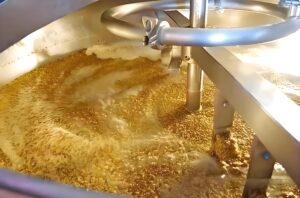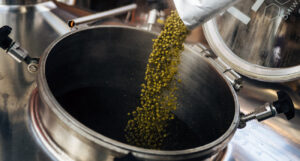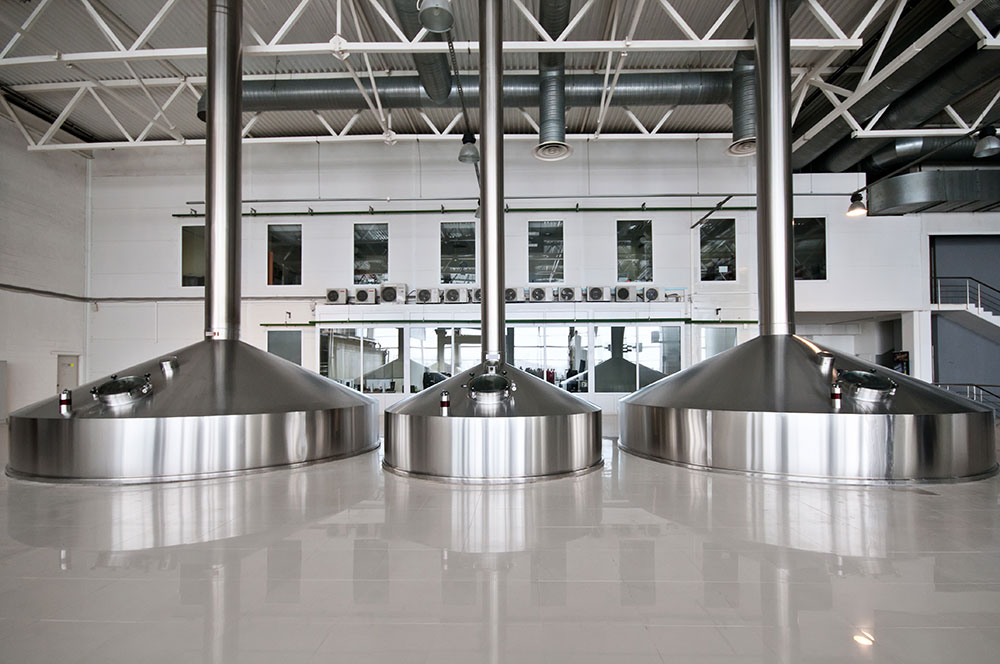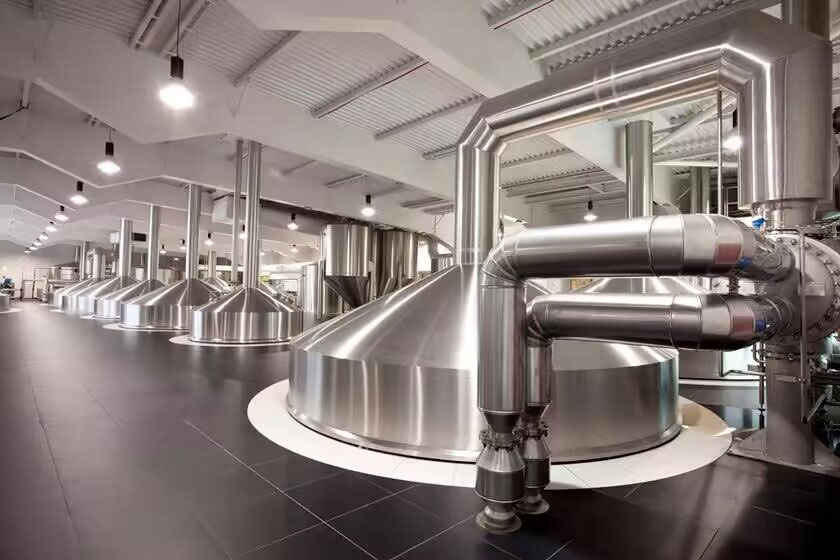Wort boiling is one of the most important processes in wort preparation, which is related to the operation of hot wort setting, so the boiling effect directly affects the quality of finished wort. The following problems should be paid attention to in wort boiling process.
(1)In the process of wort boiling, the coagulation and precipitation of protein largely depend on the boiling state of wort. In some experiments, wort with pH of 5.6 was heated to 98 ~ 100 ℃ for a period of time, so that the wort did not appear boiling or turning phenomenon. Then, no matter in the heating process or later cooling, only turbidity and no precipitation were generated. However, if the wort is boiling for the same time, it will produce precipitation obviously in the boiling process. This is because in the strong churning state of wort, proteins with strong surface activity gather on the surface of bubbles. With the continuous collision and polymerization between small particles, the number of particles decreases and the volume increases. When the bubbles burst, the particles on the surface circulate in wort in a suspended state to form a large number of precipitation. Therefore, in order to improve the boiling strength and strengthen the effect of protein denaturation and coagulation, we should control the steam pressure or rely on the unique design of the boiling pot to strengthen the surface, so as to keep the wort in a proper strong churning state.

(2) The pH of wort is closely related to the solidifying of protein, the color and flavor of wort. The protein in wort is the most unstable at its isoelectric point and easy to coagulate. For example, the isoelectric point of albumin is below ph5.6, the isoelectric point of globulin is below ph5.7, and the optimum pH of wort is 5.2 ~ 5.4. At this time, the protein coagulates and precipitates quickly, and the wort is clear and transparent, which is also conducive to improving the flavor and non biological stability of beer.
If the pH of saccharification water is high, the pH of wort can reach 5.2 ~ 5.4 after boiling if the pH of wort is adjusted to 5.6 ~ 6.0 by phosphoric acid or lactic acid. If the pH of wort is higher than this value, the pH of wort can reach 5.2 ~ 5.4 It can be adjusted by phosphoric acid or lactic acid.
(3) The boiling time of wort depends on the boiling intensity, mixed wort concentration and operation mode. We should strive to achieve the required final wort concentration within the boiling time specified by the process.
For normal pressure boiling, the wort boiling time of light beer is generally 90 min, and that of strong beer can be extended appropriately, but the longest time is not more than 120 min. The boiling time of wort can be shortened to 60 ~ 70 min by pressure boiling. Proper prolongation of boiling time is beneficial to protein solidification, increasing hops utilization and reducing substances formation. However, over boiling time is not only economically unreasonable, but also the quality of wort will be reduced, such as deepening color, rough taste, bitter taste, and poor foam.
(4)Check the quality of wort. In the process of wort boiling, we should often check the wort concentration, pH, wort churning state and protein coagulation. After boiling for 30 minutes, the wort should be clear, transparent, glossy, with obvious protein flocculent coagulant, which precipitates quickly. Otherwise, the boiling strength of wort is too low or the pH is not appropriate.

(5)Add hops according to the specified time and quantity. Adding hops is an important operation in wort boiling process. Generally, it can be added 2-3 times (excluding hops for the first time). The amount of hops added each time should have a proper proportion.

(6) It is necessary to strengthen the cleaning of the boiling pot. Every time the wort is boiled, there will be a lot of protein congeals adhering to the bottom of the pot and the surface of the heater. If it is not removed in time, it will not only affect the heat transfer effect, but also bring coke bitterness or heterogenous taste to the beer, and deepen the wort color. Therefore, the boiling pot should be cleaned in time after wort boiling. The methods include manual cleaning and mechanical automatic cleaning.



